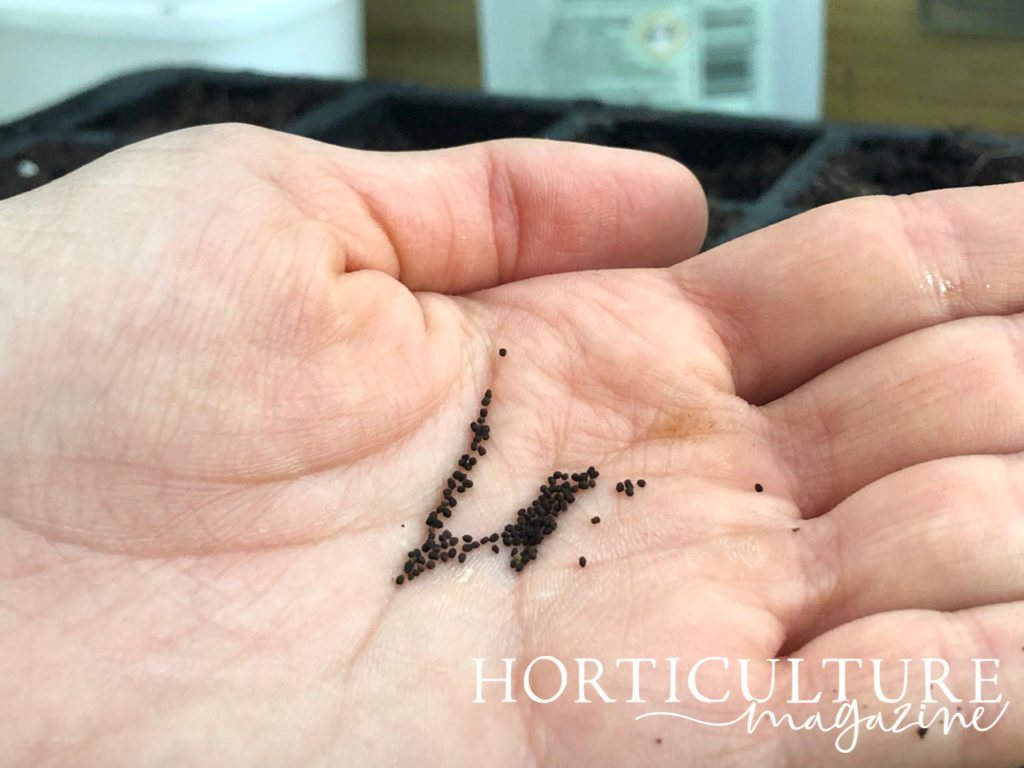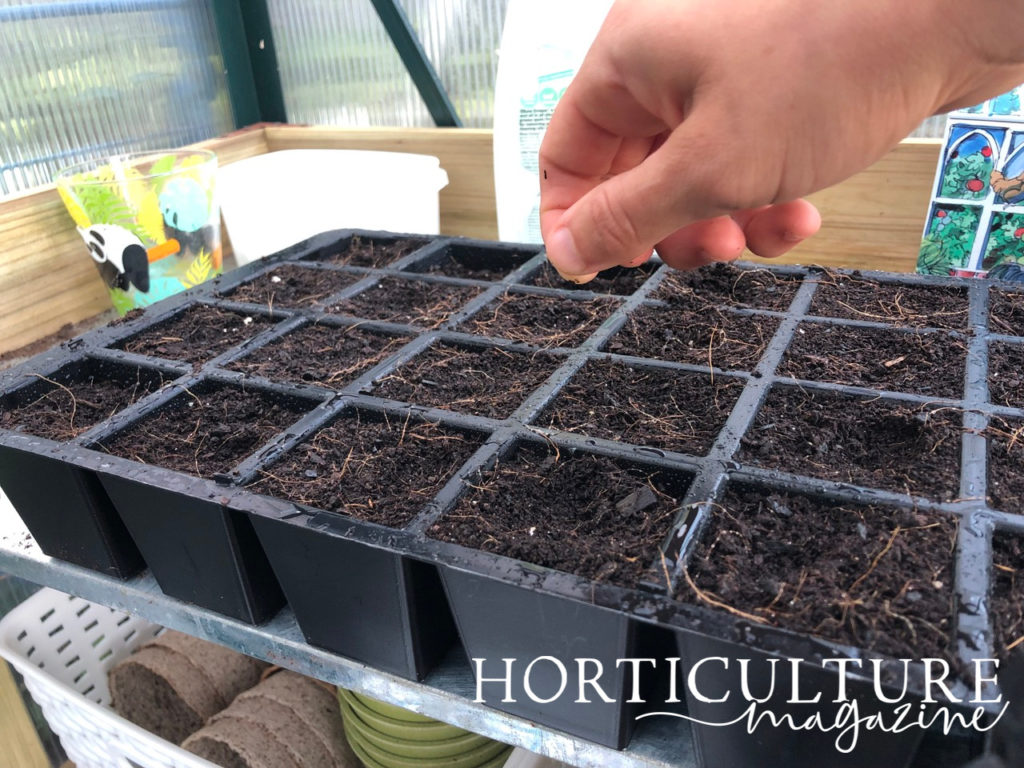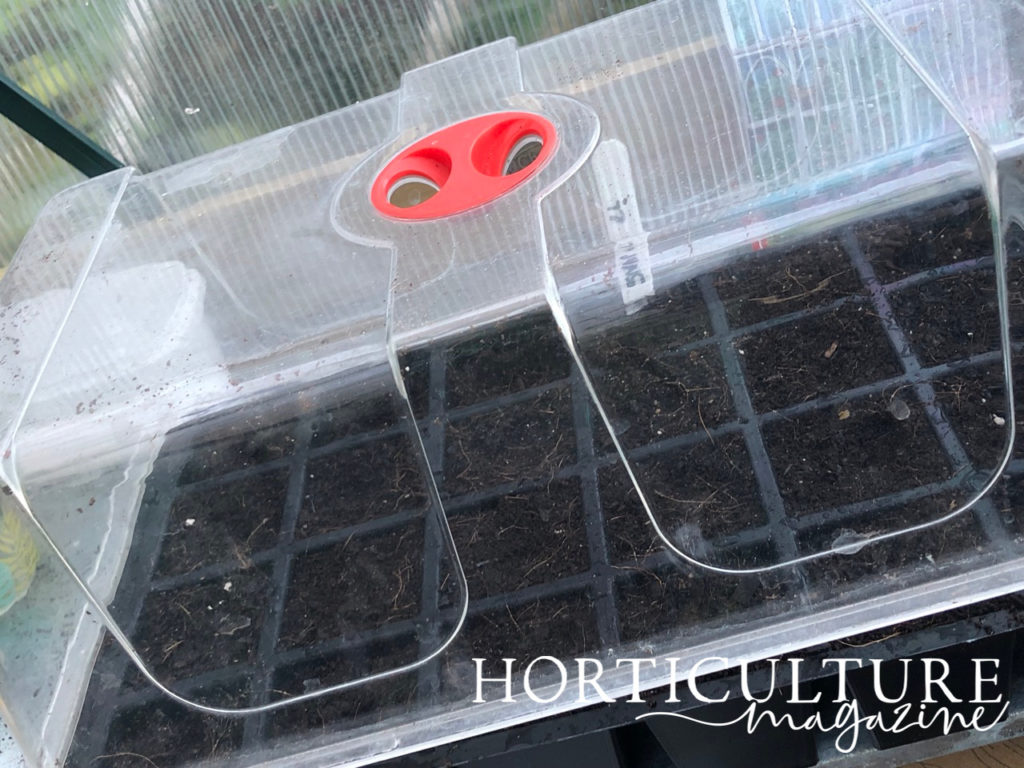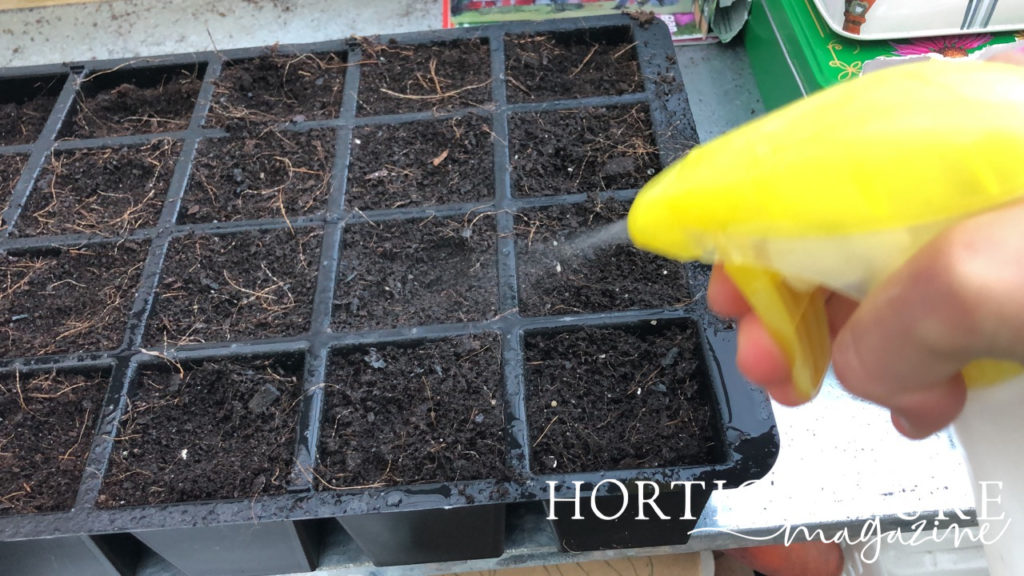Did You Know Snapdragons Can Be Sown In Late Autumn For Larger Plants Next Year?

PERENNIALS > ANTIRRHINUM > SOWING

Elizabeth is a Permaculture Garden Designer, Sustainability Consultant and Professional Writer, working as an advocate for positive change. She graduated from the University of St. Andrews with an MA in English and Philosophy and obtained a Diploma in Applied Permaculture Design from the Permaculture Association.
Reviewed By COLIN SKELLY

Colin is a Horticulturist and Horticultural Consultant with experience in a range of practical and managerial roles across heritage, commercial and public horticulture. He holds the Royal Horticultural Society’s Master of Horticulture award and has a particular interest in horticultural ecology and naturalistic planting for habitat and climate resilience.
Contributions From EMILY CUPIT

Emily is a Gardening Writer, Photographer and Videographer from Derbyshire, UK. She is the Founder of Emily's Green Diary - a community of more than 75,000 people who share in her gardening journey.
IN THIS GUIDE
ANTIRRHINUM GUIDES
Deadheading
Growing From Seed
Overwintering
Antirrhinums, or snapdragons, are cheerful annuals that are well-known cottage garden favourites and work well in many different garden schemes.
Growing snapdragons from seed is a relatively easy process:
- Collect or select your seeds.
- Sow into a peat-free, seed-starting growing medium then cover over lightly and water.
- Prick out and pot up your seedlings once they have true leaves and are large enough to handle.
- Overwinter under glass if sowing in late summer or autumn, then harden them off and plant them out in a sunny location with free-draining, fertile soil after the last frosts in your area.
See our video for an easy visual demonstration of this process:
When To Sow
Though you can also sow seeds in March, late summer or early autumn is generally considered to be the best time to sow snapdragon seeds.

Seeds that are sown in August or in September and overwintered in a greenhouse or cold frame will become larger plants and these will typically flower earlier than those which are sown in the spring, often beginning to bloom in May.
Seeds sown in March will typically flower from June through to around September.
| Difficulty | Easy |
| Equipment Required | Seeds, seed tray or pots, propagator |
| When To Sow | March or August-October |
| When To Plant Out | May-June |
1) Source Antirrhinum Seeds
Of course, you can purchase snapdragon seeds.
However, you might also consider collecting seeds from snapdragons you already have in your garden.

The seeds of most snapdragons will not come true from seed, so seedlings might not grow up to look like the parent plant.
However, you can have some fun discovering what does emerge.
2) Sow Snapdragon Seeds
Sow your snapdragon seeds on the top of a seed tray filled with a suitable seed-starting compost or moist yet fine, friable and free-draining mix.

Press the seeds in gently to make sure they are in contact with the growing medium and cover them very lightly with more of the compost.
Water lightly but make sure that excess water can drain away.
Cover the tray with a propagator to keep in moisture and wait for the seeds to germinate.

You can place the tray in a greenhouse or on a sunny windowsill.
3) Prick Out Seedlings
Once the seedlings have germinated, have grown their first true leaves and are large enough to handle, take each one and place it into its own small pot.
“Don’t be tempted to transplant seedlings too early,” warns Colin Skelly, a skilled Horticulturist from Cornwall.
“The first leaves you will see are the seed leaves and draw on the energy in the seed.

“The first true leaves will arrive later and will often look different to the seed leaves. The root system will also have begun to develop.
“The plant can now grow on its own resources and will benefit from its own pot space.”
Place these in a sheltered spot, or in a greenhouse or cold frame if you have one.
4) Plant Out In Full Sun
Once all danger of frost has passed in your area, plant out your snapdragons into their final growing positions in your garden.
This should be done in May or June.

They will do well in well-drained, fertile soil in full sun.
You can grow them on in larger containers if you prefer, or if you do not have a suitable space, in a bed or border.
